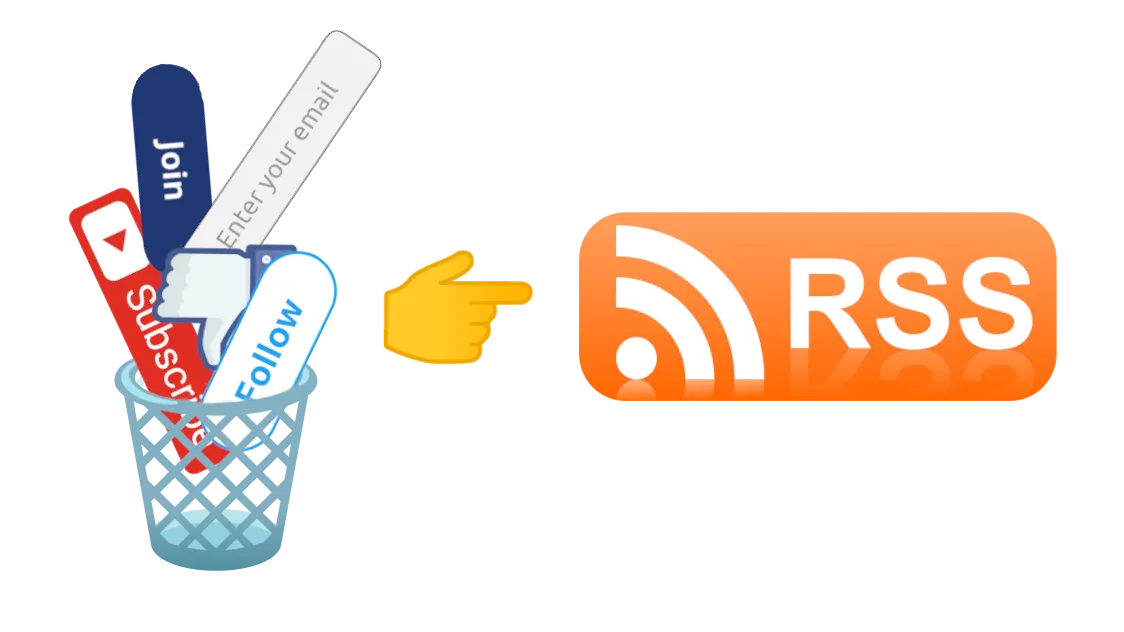How to Bypass a Paywall to Read an Article for Free Tips and Tricks
As avid readers, we often come across interesting articles or news pieces online that catch our attention. However, more often than not, these articles are behind a paywall, requiring us to subscribe or pay a fee to access the full content. This can be frustrating, especially if we only want to read one article and don’t want to commit to a subscription. Luckily, there are ways to bypass these paywalls and read the article for free. In this article, we will discuss various tips and tricks on how to bypass a paywall and access your desired content without having to spend any money.
What is a Paywall?

Before we dive into ways to bypass paywalls, let’s first understand what they are and why websites use them. A paywall is a system that restricts access to certain content on a website, usually requiring payment in order to view the full content. It’s a way for websites, particularly news outlets, to monetize their content and generate revenue. While some paywalls may offer a few free articles before prompting for payment, others have a hard paywall where you can’t access any content without a paid subscription.
Paywalls are often seen as a barrier to accessing information, but they do serve a purpose for websites. With the rise of ad-blocking software and decreasing revenue from traditional advertising methods, many websites have turned to paywalls as a way to generate income and sustain their operations. However, for readers who don’t want to commit to a subscription or pay for individual articles, there are ways to bypass these paywalls and access the content for free.
Method 1: Clear Your Browser’s Cache and Cookies
One of the simplest and most effective ways to bypass a paywall is by clearing your browser’s cache and cookies. This method works because paywalls often use cookies to track how many articles you have read, and once you reach a certain limit, they will prompt you to pay for further access. By clearing your cache and cookies, you essentially reset this count, allowing you to continue reading without any interruptions.
To clear your browser’s cache and cookies, follow these steps:
Step 1: Access Your Browser’s Settings
The first step is to open your browser and access its settings. Depending on the browser you are using, the process may vary slightly. In Google Chrome, for example, you can click on the three vertical dots on the top right corner of the screen and then select “Settings” from the drop-down menu.
Step 2: Clear Browsing Data
Once you have accessed your browser’s settings, look for an option that allows you to clear your browsing data. Again, the location of this option may vary depending on your browser. In Google Chrome, it can be found under “Privacy and security” > “Clear browsing data.”
Step 3: Select What to Clear
A pop-up window will appear, giving you options for what you want to clear. Make sure to select “Cookies and other site data” and “Cached images and files.” You can also choose the time range for which you want to clear the data. If you only want to bypass the paywall for one article, selecting “Last hour” or “Last day” should suffice.
Step 4: Clear Data and Refresh
After selecting the options, click on “Clear data” and wait for the process to complete. Once it’s done, refresh the webpage where you encountered the paywall, and you should now be able to access the full content without any restrictions.
Method 2: Use Incognito Mode
Another easy method to bypass a paywall is by using your browser’s incognito mode. This mode essentially opens a new window without saving your browsing history, cookies, or any other data. This means that every time you open a new incognito window, it’s like accessing the website for the first time, and the paywall won’t have any record of your previous visits or articles read.
To use incognito mode, follow these steps:
Step 1: Open Incognito Window
The first step is to open an incognito window in your browser. In Google Chrome, click on the three vertical dots on the top right corner of the screen and select “New incognito window” from the drop-down menu.
Step 2: Access the Paywalled Content
Once the incognito window is open, access the paywalled content you want to read. Since this is a new window with no saved data, the website won’t recognize that you have already read articles and will allow you to access the content without any restrictions.
Method 3: Disable JavaScript

Another way to bypass most paywalls is by disabling JavaScript in your browser. Many paywalls use JavaScript to detect if you have reached the limit for free articles, and by turning it off, you essentially disable this feature and can continue reading without any interruptions.
To disable JavaScript, follow these steps:
Step 1: Access Your Browser’s Settings
The first step is to open your browser and access its settings. In Google Chrome, click on the three vertical dots on the top right corner of the screen and select “Settings” from the drop-down menu.
Step 2: Advanced Settings
Scroll down to the bottom of the page and click on “Advanced” to access advanced settings.
Step 3: Privacy and Security
Under the “Privacy and security” section, click on “Site settings.”
Step 4: Disable JavaScript
In the site settings, look for an option that allows you to disable JavaScript. In Google Chrome, it can be found under “Permissions” > “JavaScript.” Toggle the button to turn it off.
Step 5: Access the Paywalled Content
Once JavaScript is disabled, go to the paywalled content you want to access. The website won’t be able to detect how many articles you have read, and you should be able to view the full content without any restrictions.
Method 4: Use Browser Extensions
There are several browser extensions available that can help you bypass paywalls. These extensions work by removing any restrictions on websites and allowing you to access the content for free. Some popular extensions include “Bypass Paywalls” and “Unpaywall.”
To use these extensions, follow these steps:
Step 1: Install the Extension
Go to your browser’s extension store and search for “Bypass Paywalls” or “Unpaywall.” Once you find the desired extension, click on “Add to Chrome” (or the equivalent for your browser) to install it.
Step 2: Access the Paywalled Content
After the extension is installed, go to the paywalled content you want to read. The extension will automatically remove any restrictions, allowing you to view the full content for free.
While these extensions may not work on all websites, they can effectively bypass paywalls on many popular news outlets and websites.
Method 5: Search for Mirror Links
Another way to bypass a paywall is by searching for mirror links of the article you want to read. A mirror link is a duplicate of the original article hosted on a different website, often with no paywall or subscription requirement. You can usually find these mirror links by searching for the title of the article along with keywords like “mirror link,” “alternate link,” or “bypass paywall.”
You can also use websites like Outline.com, which generate a mirror link for any paywalled article you input. These mirror links may not work for every article, but they are worth a try if you can’t find any other way to access the content.
Method 6: Subscribe to RSS Feeds

Many websites offer RSS feeds that allow users to receive updates and new articles directly to their RSS reader. While subscribing to an RSS feed won’t give you access to all of the articles on a website, it can provide you with new content and sometimes even full articles without having to visit the website itself. This can be a great way to bypass paywalls, as you can often read the full content through your RSS reader without having to subscribe or pay for individual articles.
To subscribe to an RSS feed, follow these steps:
Step 1: Look for the RSS Feed Icon
Most websites that offer RSS feeds will have a small orange icon with the letters “RSS” or “XML” on it. This icon is usually located on the top right corner of the webpage.
Step 2: Copy the Feed URL
Right-click on the RSS icon and select “Copy link address” (or the equivalent for your browser). This will copy the feed’s URL, which you can then use to subscribe to the feed in your RSS reader.
Step 3: Subscribe to the Feed
Open your preferred RSS reader and look for an option to add a new feed. Depending on your RSS reader, this option may be called “Add a feed,” “Subscribe,” or “Add a source.” Paste the feed’s URL and click on “Subscribe” to add the feed to your reader.
Once you have subscribed to the feed, you will receive updates and new articles from the website without having to visit it directly. And if the full content is available through the RSS feed, you can read it without any paywall restrictions.
Conclusion
Paywalls are a common hurdle when trying to access online content, but they don’t have to stop you from reading your desired articles. By using the methods mentioned in this article, you can easily bypass paywalls and access the full content for free. Whether it’s clearing your browser’s cache and cookies or using browser extensions, there are several ways to get around these restrictions and continue reading without having to commit to a subscription or payment. So the next time you come across a paywalled article, remember these tips and tricks to access it for free and satisfy your curiosity.